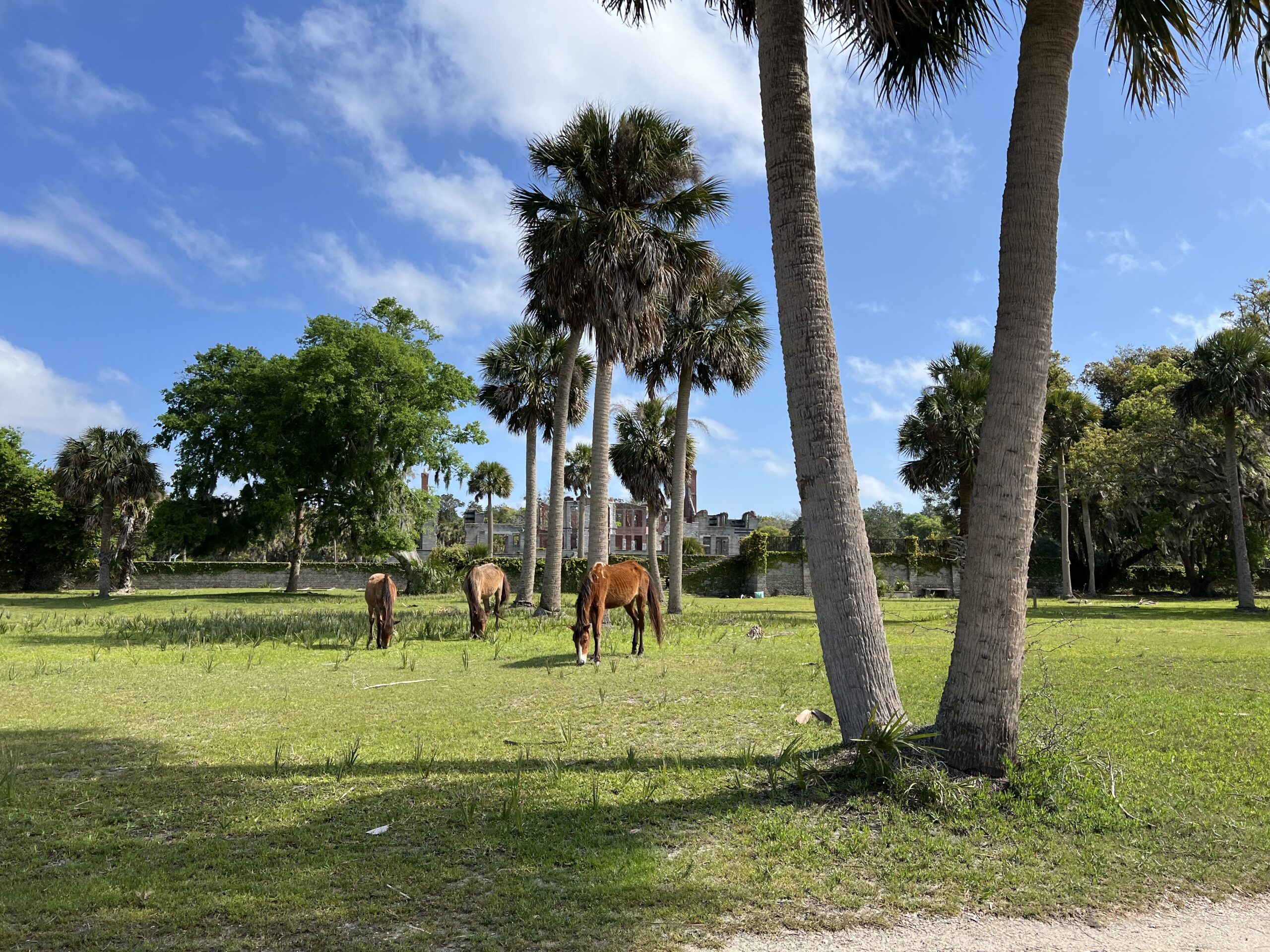Visiting Cumberland Island (Day-trip)
I first learned about Cumberland Island after marrying into a coastal Georgia family. Even though my knowledge was limited, I discovered there were historic ruins and wild horses, which intrigued me enough to want to check it out. I finally had a chance to visit the National Seashore in the Spring of 2024 and it did not disappoint!
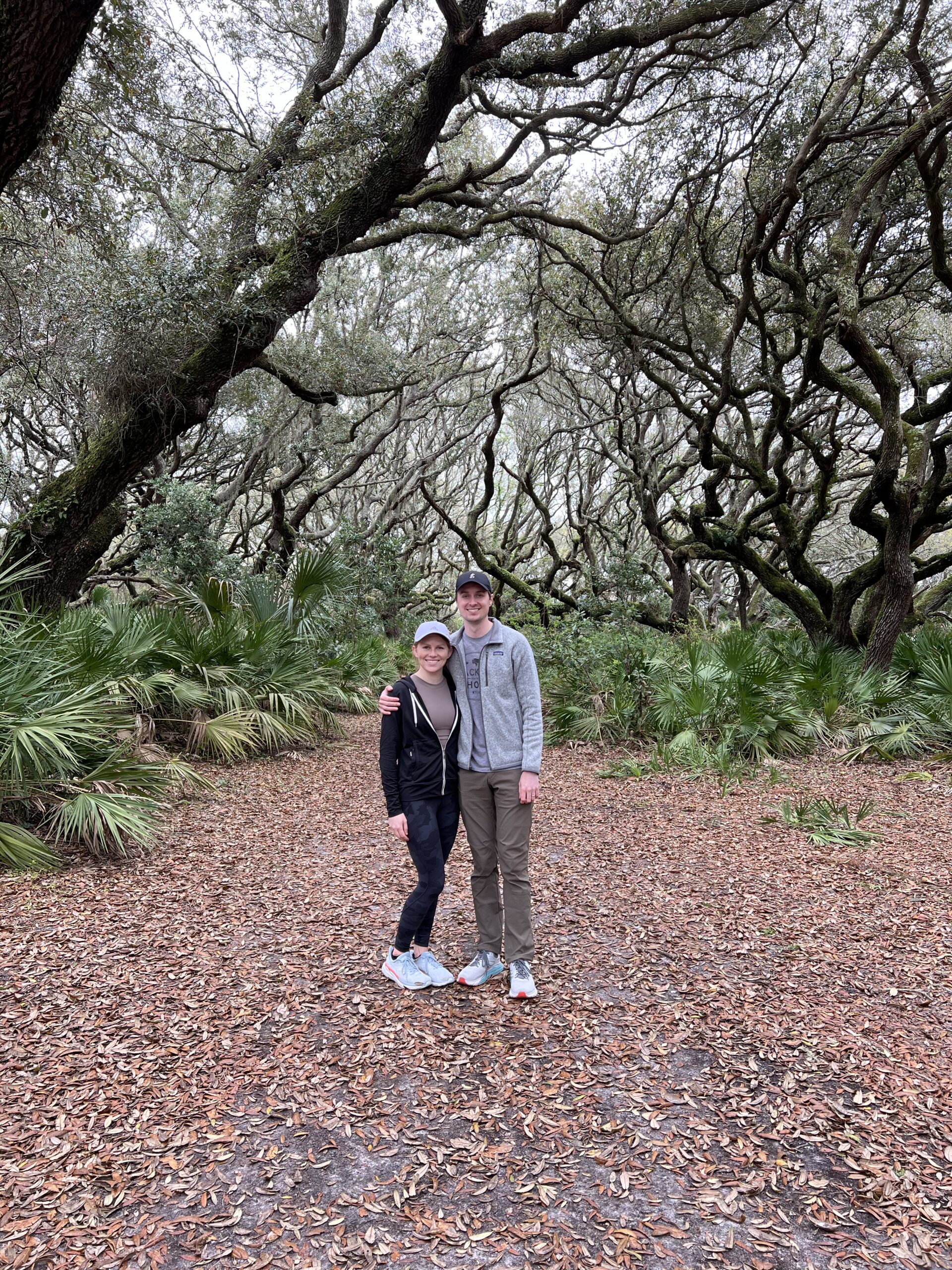
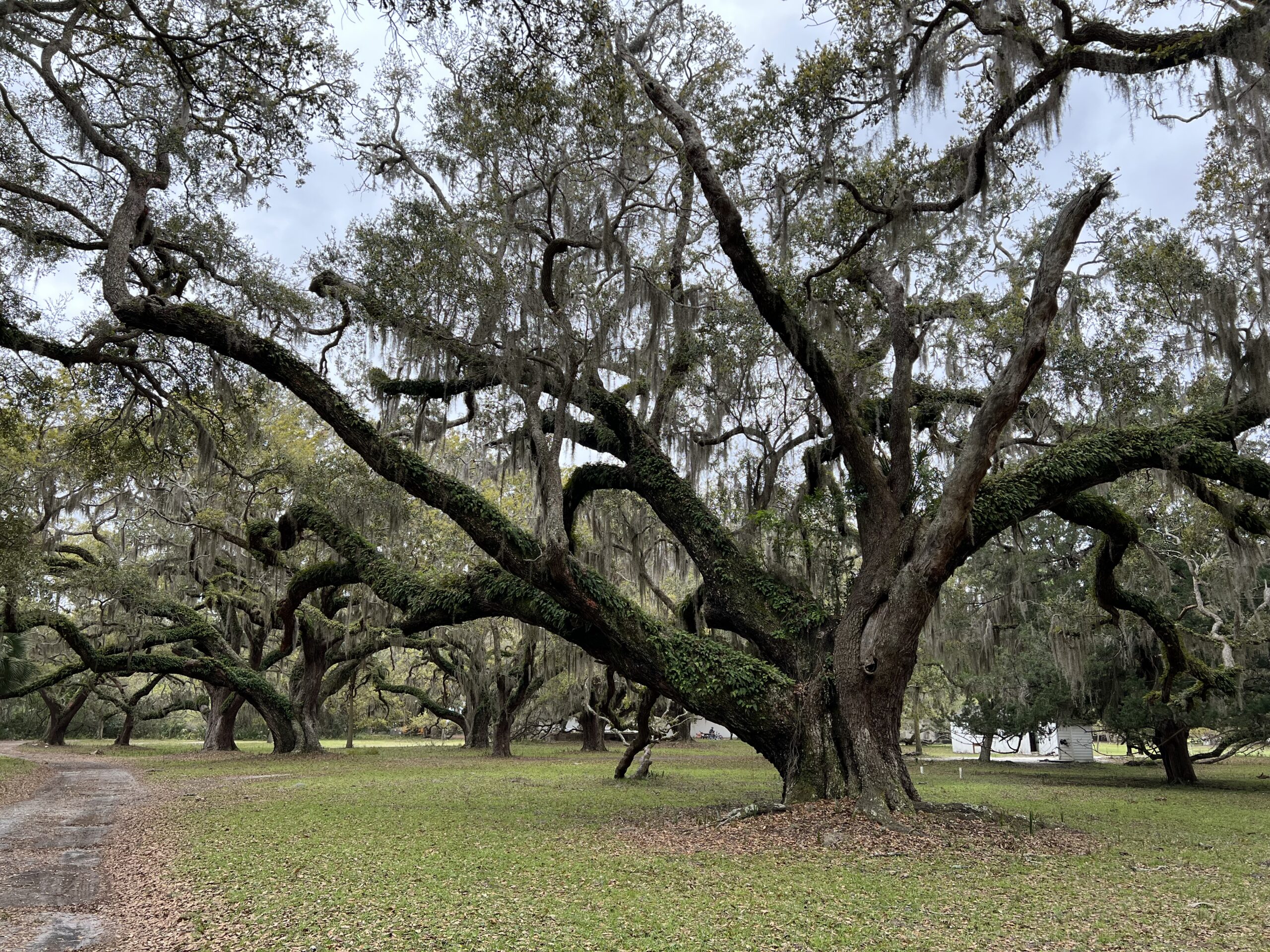
Getting There:
• Tickets for the ferry are $20 per person each way, which does not include the National Park entrance fee ($15 per person unless you have a National Parks pass).
• Buy Tickets Here: https://www.cumberlandislandferry.com/st-marys-cumberland-island-ferry/
• Departure Times (St. Mary’s to Cumberland): 9am and 11:45am
• Return Times (Cumberland to St. Mary’s): 10:15am, 2:45pm, & 4:45pm
Having spent my fair share of time in southern Georgia in the summer, I carefully chose spring to visit Cumberland Island. The temperatures were mild, and the sun exposure was minimal, which was a huge relief since there are very few places to find shade on the island. If there is one thing the Red Headed Traveler avoids it’s the sun! We were told it would go one of two ways with the bugs – crazy amounts of pesky gnats and mosquitos, or no bugs at all (aka very windy). We were thankful to experience second scenario, but the wind was on another level of intensity. It reminded me of our time in Iceland (if you have experienced that for yourself, you will know what I mean!).
Arrival Dock:
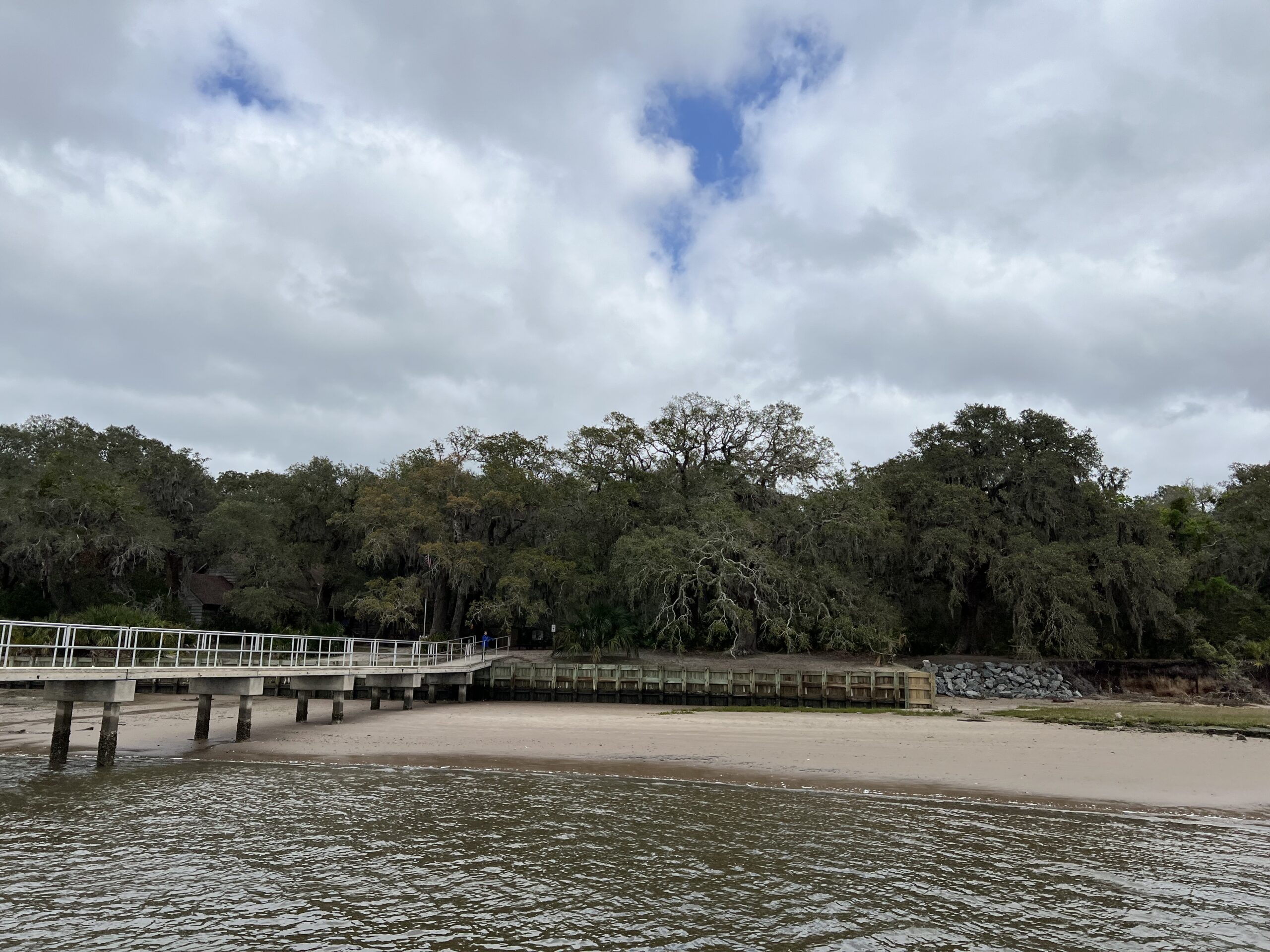
We opted to begin our time on the island with a ranger lead tour (offered Fridays, Saturdays, and Sundays when park rangers are available). The tour was only an hour and gave us a more detailed understanding of the history of the island. I recommend this to anyone who visits because it can help you appreciate what you are seeing and get more out of your experience.
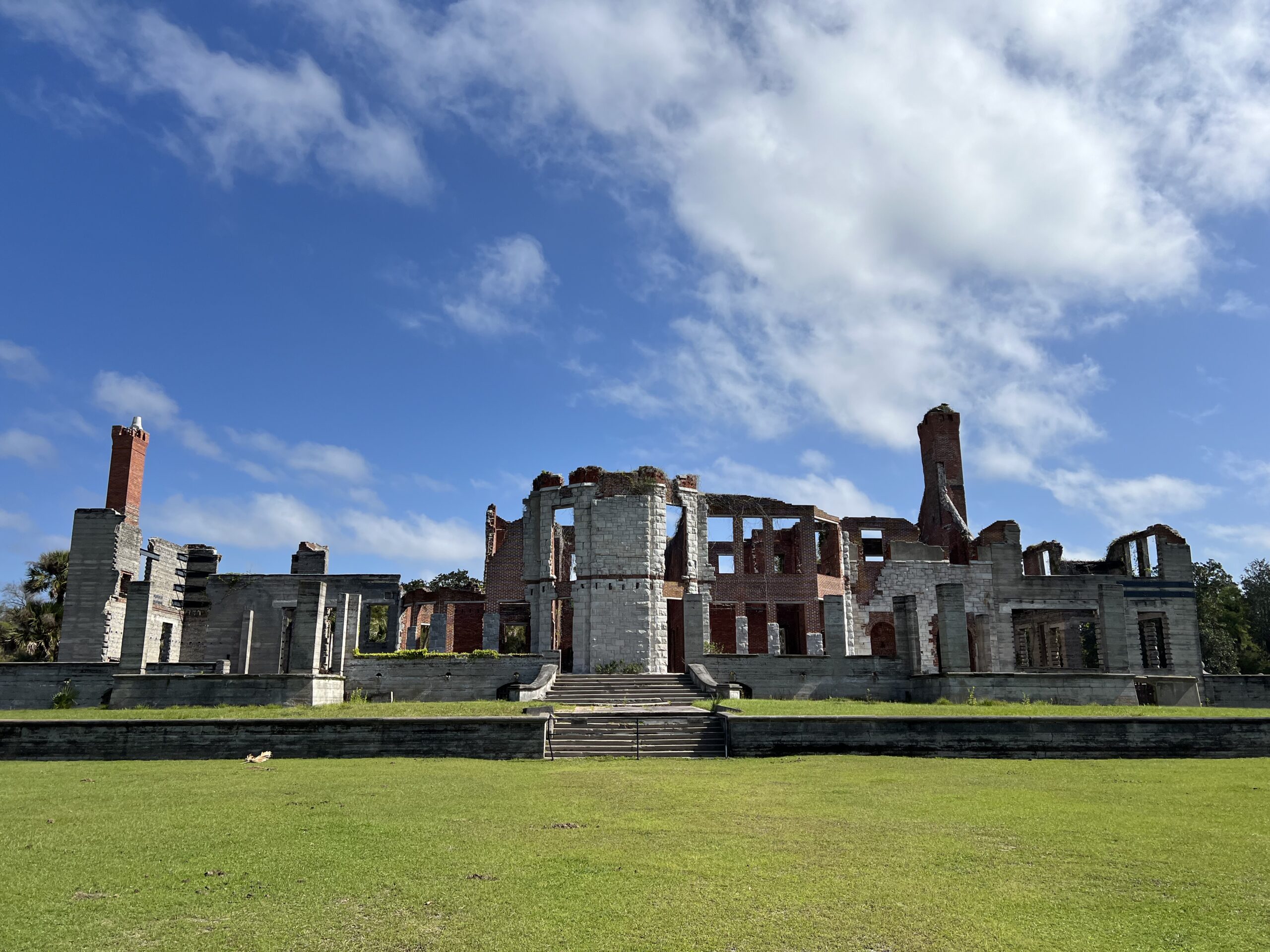
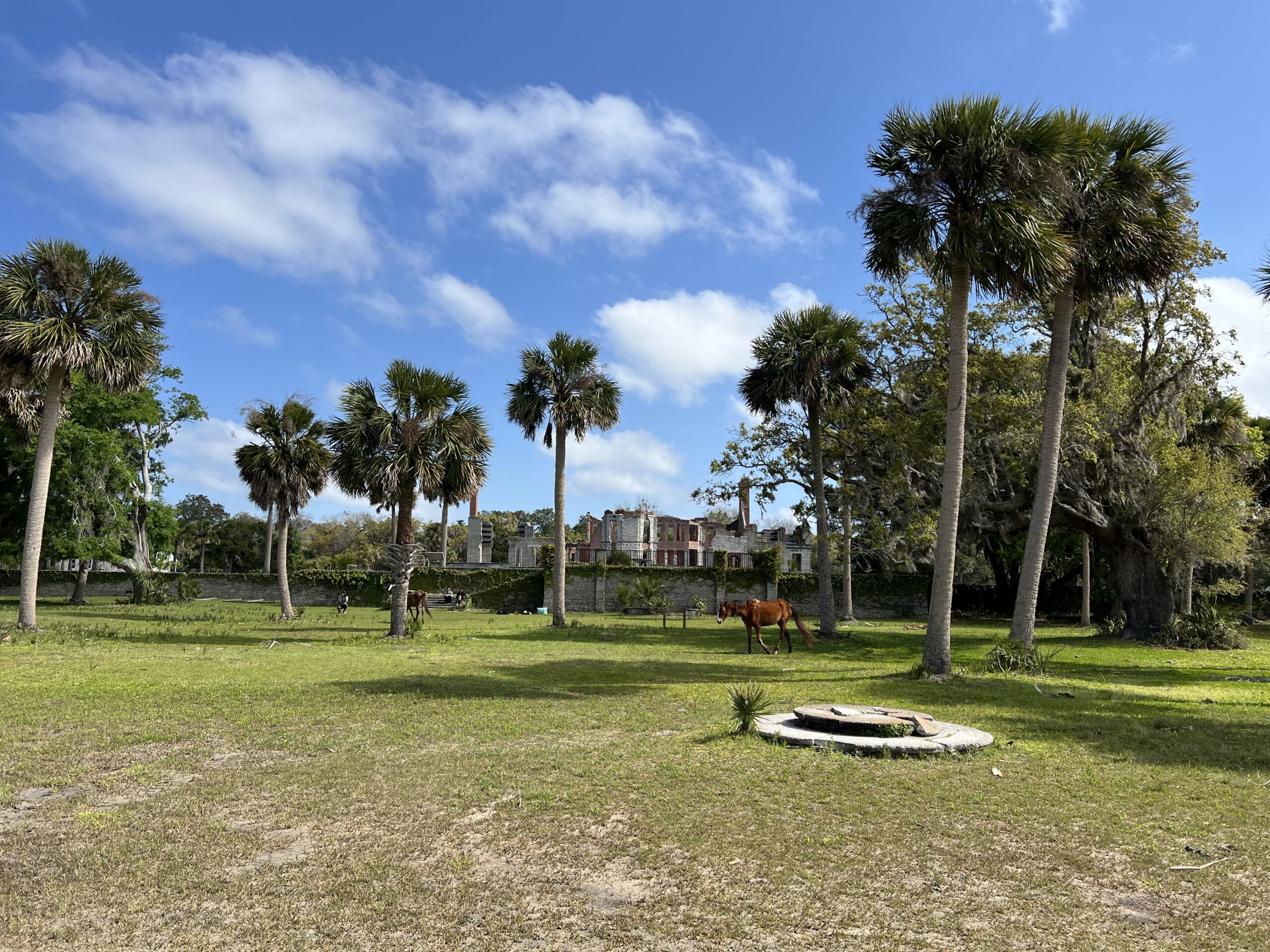
The best part about Cumberland Island is the freedom it offers visitors. The only rules are to pack out whatever you bring in (including trash) and not to interfere with the wildlife. Beyond that, you are welcome to explore to your heart’s content. If you would rather wade through the brush and off the beaten path, you are welcome to do so.
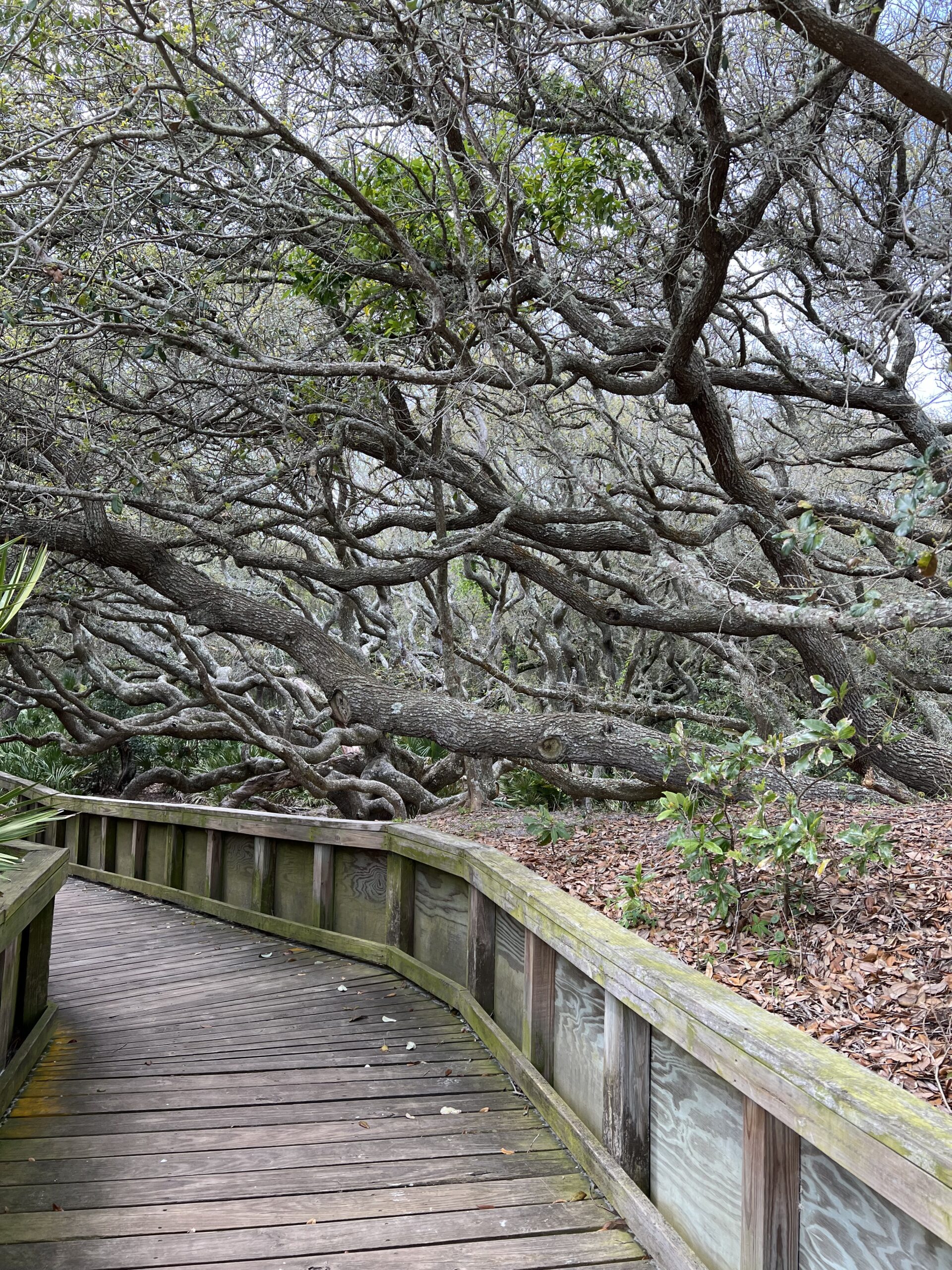
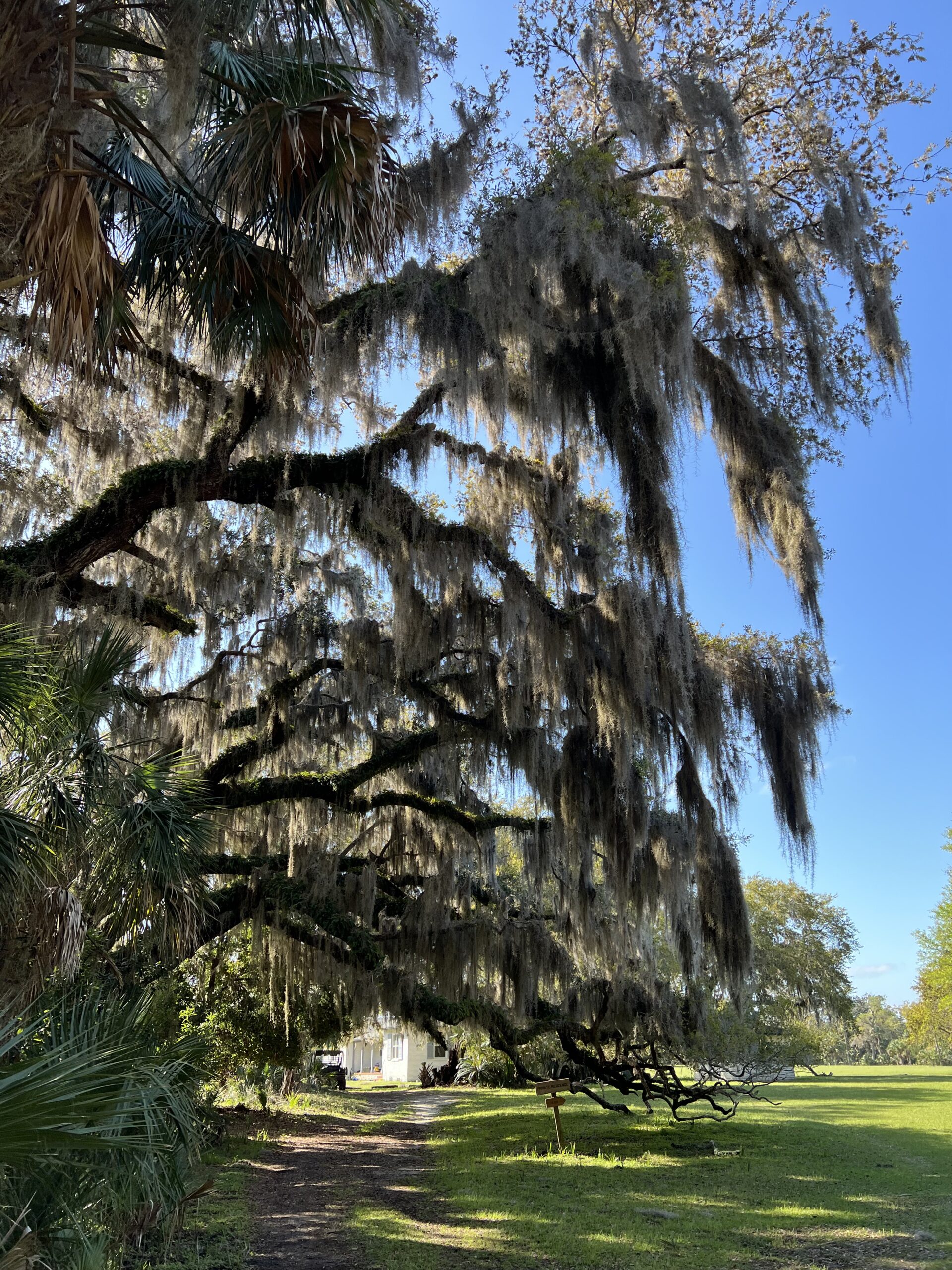
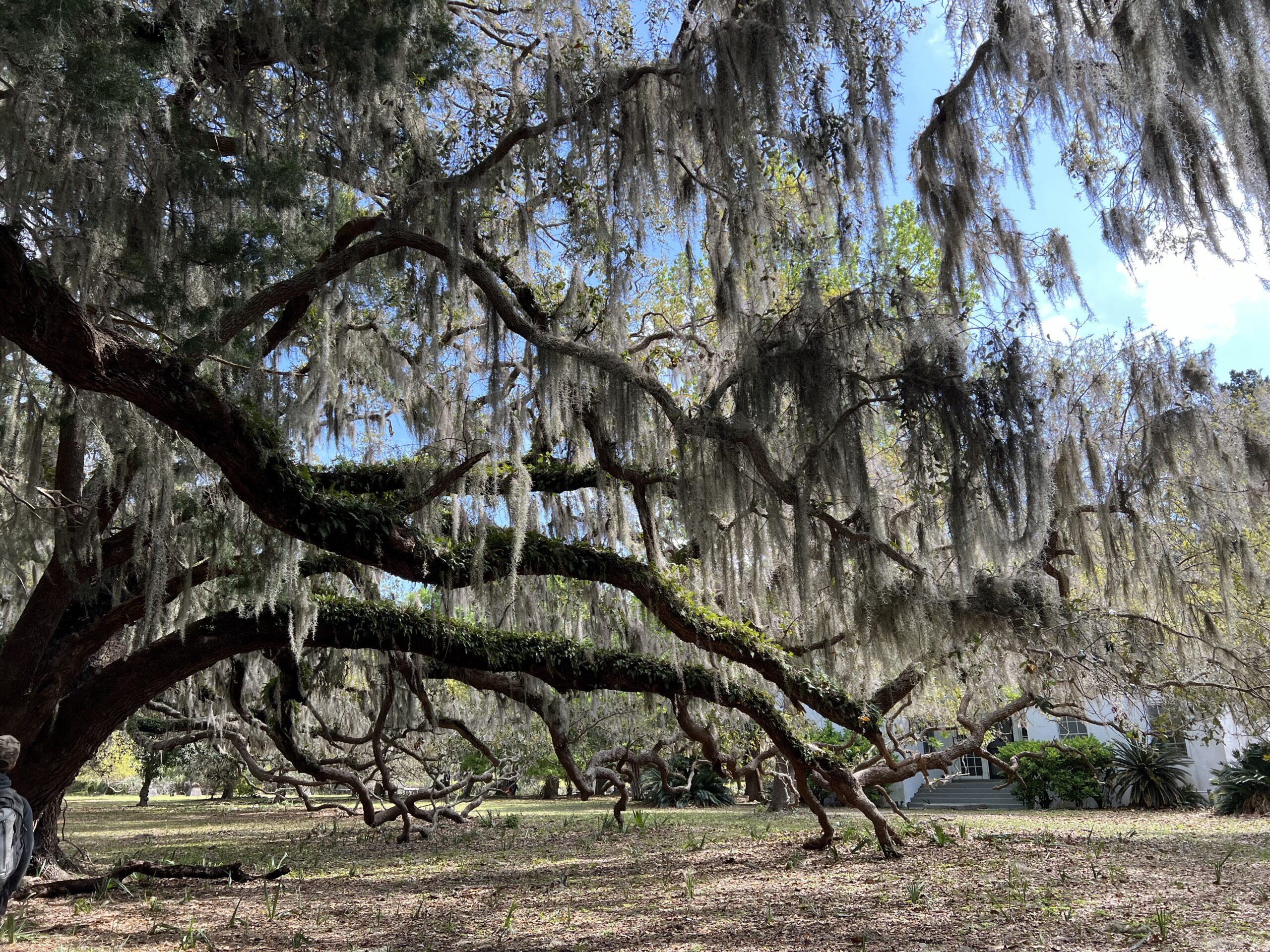
We came across ample wildlife throughout the day, which was a constant reminder of the uniqueness of where we were. Due to the wind being so intense, we didn’t see any wild horses perusing the beach, but they were still a highlight of our visit. We also ended up in close proximity to a wild turkey and an armadillo while we were exploring the island!
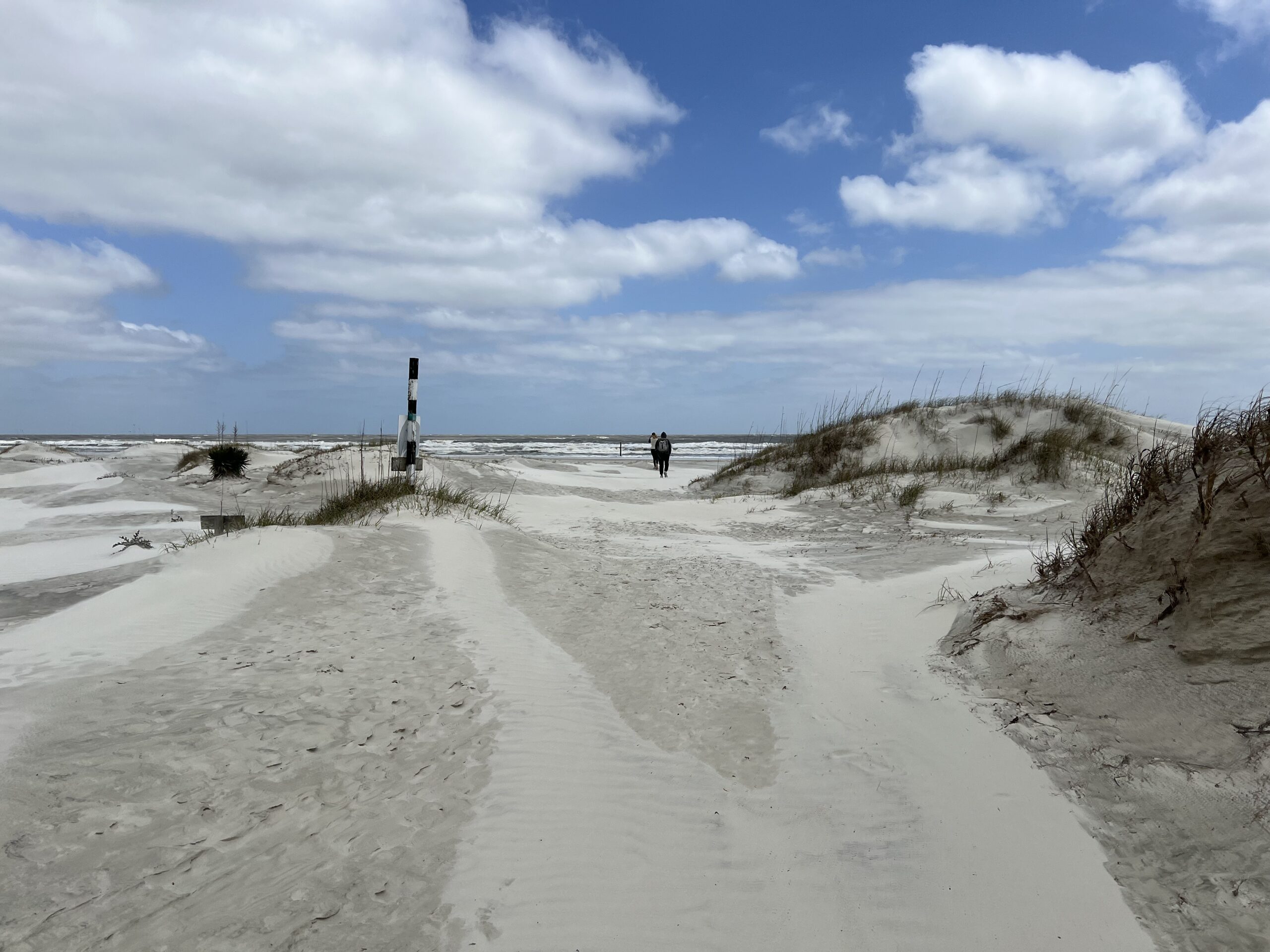
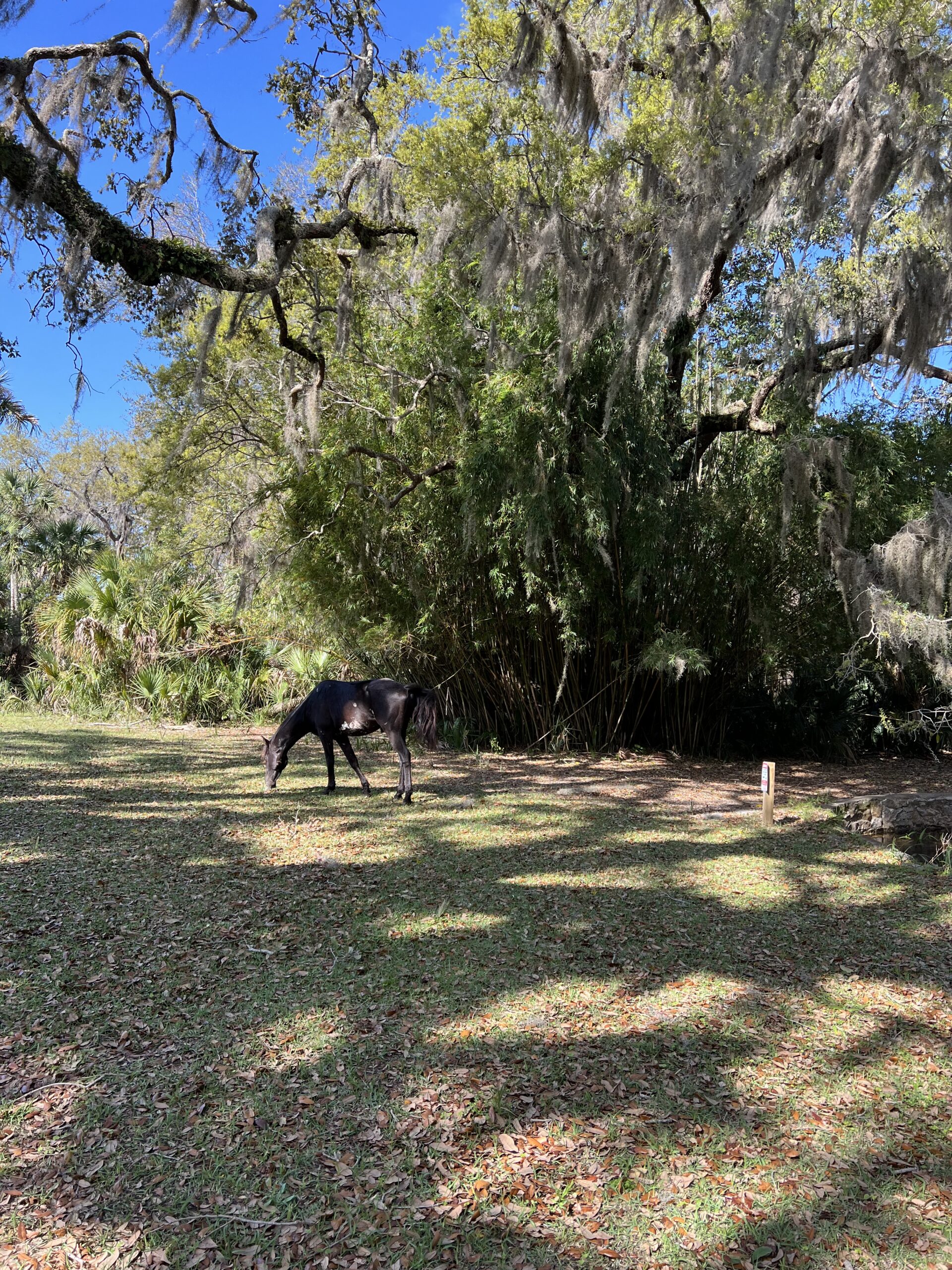
Cumberland Island National Seashore is a one-of-a-kind destination filled with immense beauty and adventure. If you enjoy nature and unique experiences this is definitely a spot that should be on your bucket list!
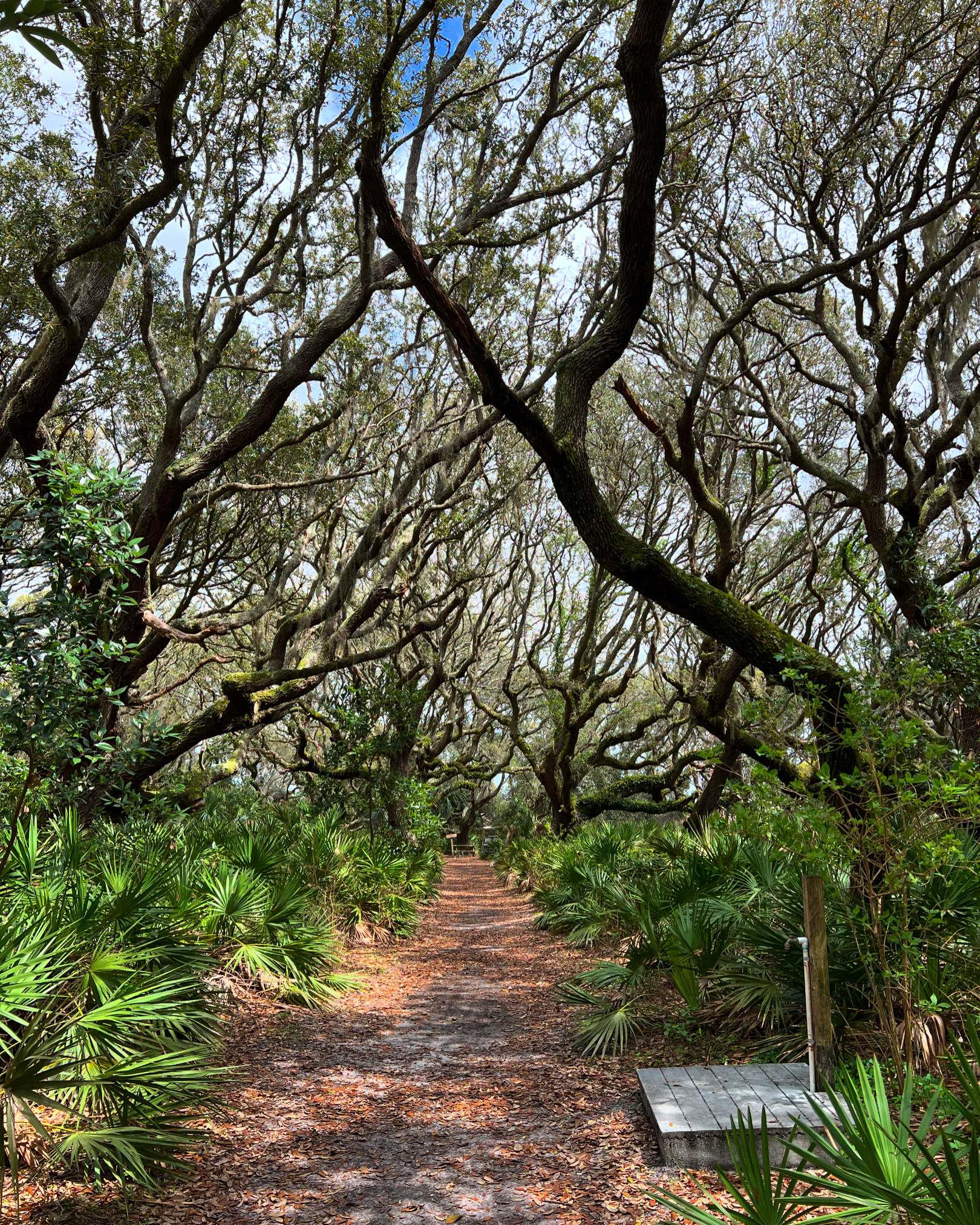
Additional History:
•The first house on the island, known as Dungeness, was built in 1803 by Catherine Greene. It was abandoned after the Civil War and burned in 1866. Dungeness was later purchased by the Carnegie family in 1881. Lucy Carnegie rebuilt the mansion and completed its construction in 1885. Sadly, Dungeness burnt to the ground in 1959 at which point there were no living Carnegies left with connections to Cumberland Island that had the money to restore the home and pay for the upkeep. It was also too expensive to bother demolishing, so the ruins remained.
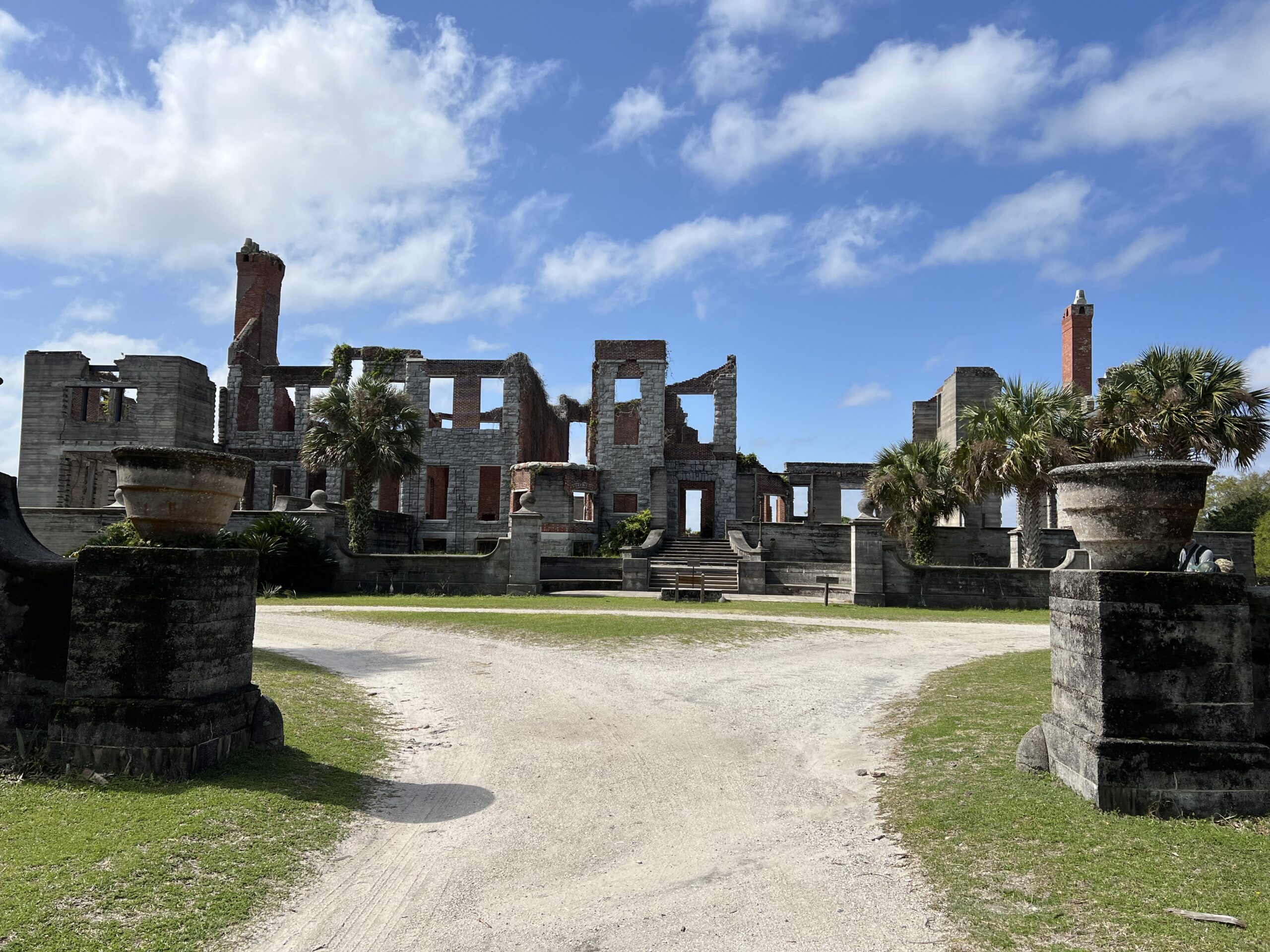
• Plum Orchard Mansion was built in 1898 for the Carnegie’s son as a wedding gift. It is located 7.5 miles north of the Sea Camp Dock and can be toured by those who have bikes or those who join a “Lands and Legacies Tour” that shuttles you around the island.
• There is one inn on the island called Greyfield Inn. It was built in by the Carnegies in 1900 for their daughter Margaret. In 1964 Margaret’s daughter Lucy converted the home into an exclusive and charming inn where guests today can still enjoy the unspoiled beauty of the surrounding nature.
• Cumberland Island became a National Park in 1972.
